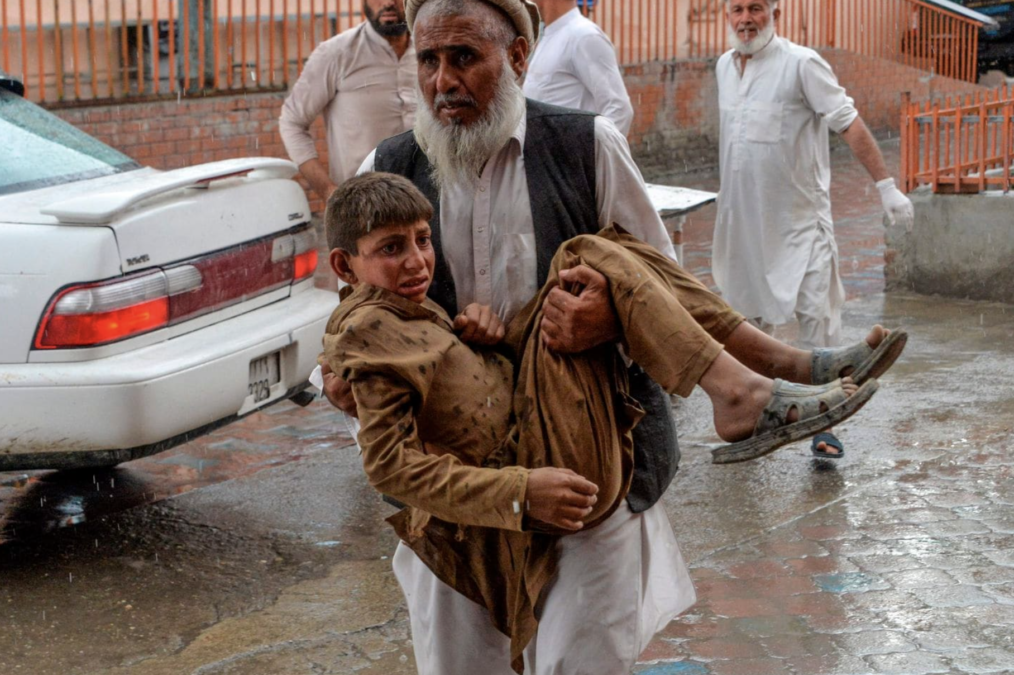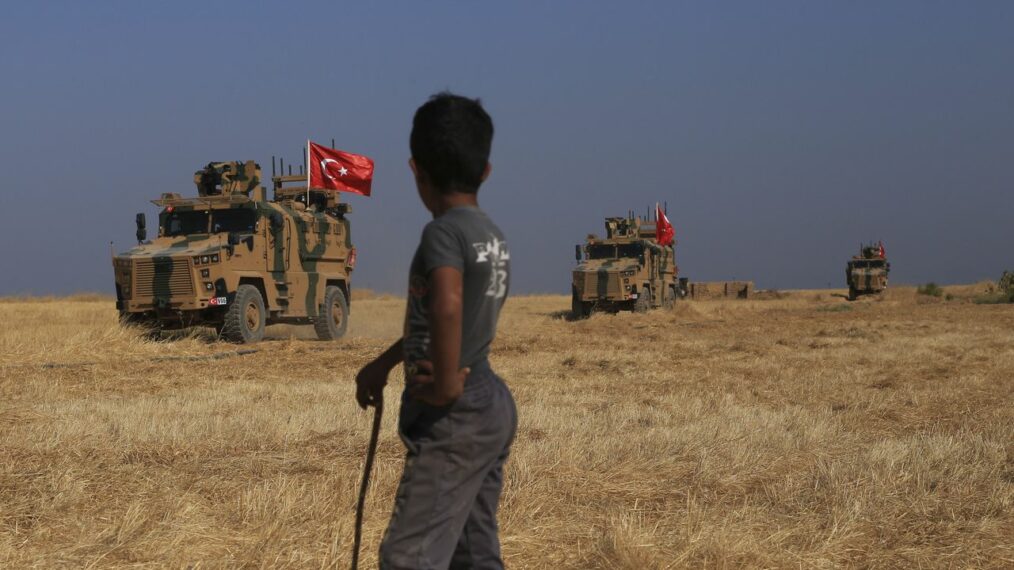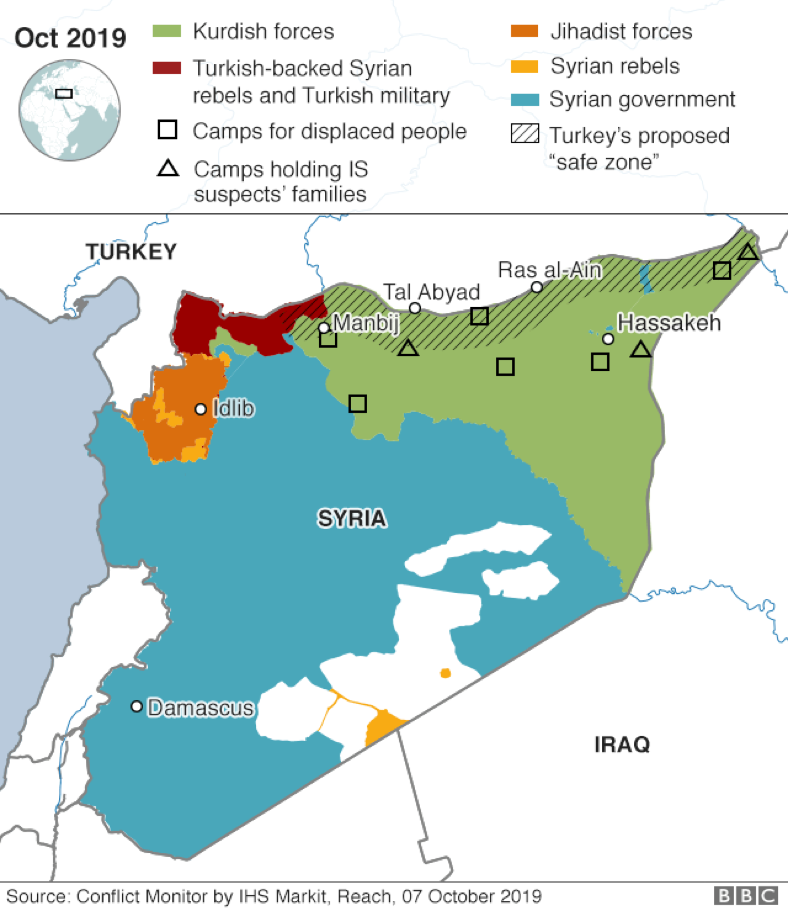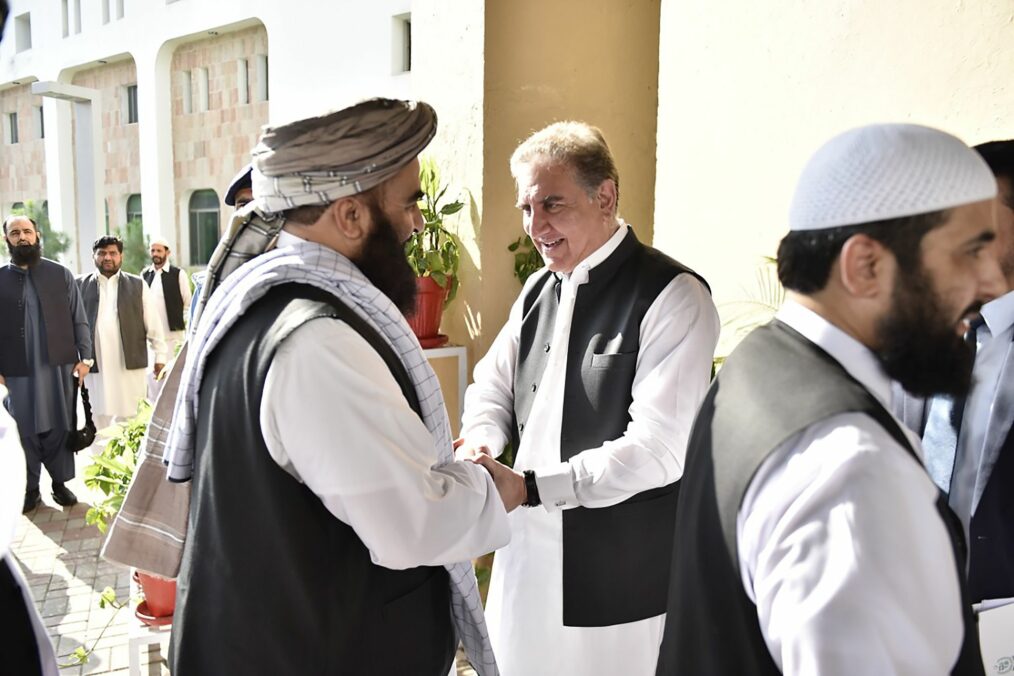Afghanistan: An Exit Strategy Is Not a Strategy
The US secretary of Defense Mark Espers traveled to Afghanistan this Sunday on unannounced trip weeks after the US special envoy for the Afghan peace and reconciliation, Zalmay Khalilzad, met with Taliban in Pakistan to eventually resume the peace talks.
Esper told reporters that the US will reduce its troops to 8,600 and withdrawal will take place in case of a peace agreement with the Taliban. The United States currently has 14,000 troops in Afghanistan. This is significantly less than the 130,000 troops that were stationed there in 2009 as part of broader counter-insurgency operations.
“The aim is to still get a peace agreement at some point, a political agreement. That is the best way forward,” said Esper.
In early September, President Donald Trump declared the Afghan Peace Talks ‘dead.’ This decision unfolded when Trump allegedly planned a secret Camp David meeting with the Taliban. It was then abruptly canceled because the Taliban committed acts of terror that killed 12 in Afghanistan, including an American soldier. While the US left the negotiating table and then re-entered, the Taliban met with Russia, Iran, Pakistan, and China; major adversaries of the US. It is best for the US to resume peace talks to ensure America’s global leadership and national security.
What’s Next?
Taliban’s intention of violence has not changed at all —and they have repeatedly targeted populated areas of the cities including schools and mosque, like yesterday’s mosque suicide bombing that killed 62 in Nangarhar province. In July of 2019, at the Doha peace conference, the Taliban agreed to reduce violence by withholding attacks on religious centers, schools, hospitals, educational centers, bazaars, water dams, and workplaces.
Hopes for a resumption of the talks between the US and the Taliban were sparked when a Taliban delegation met with Pakistani Prime Minister Imran Khan in Islamabad last month. This was a potential step towards discussion between the US, Afghans, and the Taliban, but no decision has been made yet.
American forces provide a reliable partnership in the path towards Afghan stability, therefore the United States should not step away from its presence in Afghanistan, even in the instance that a cohesive agreement is reached between the Taliban and pertinent regional actors. A framework such as this is essential to ensure that Afghanistan does not turn into a battleground for terrorism as it was between the 1980s and 1990s.
The Taliban refuses to compromise their demands, such as their desired institution of the patriarchal Islamic Emirate characterized by strict social and cultural policies based on man-made principles and radical ideologies.
This form of governance is not religiously endorsed as it is incongruent with the Muslim society and strong Islamic beliefs inherent in Afghanistan. For instance, Islam does not prohibit girls from attending school, nor does it call for the slaughter of innocent civilians. The Taliban engages in both.
Afghans do not want to lose the achievements of the last 18 years and that is their proverbial ‘red line.’ The Taliban have not openly expressed at any point — even during any of the high-level meetings— any of their visions of an ideal Afghanistan or how they would cooperate with fellow citizens to achieve prosperity.
All the Taliban has done is repeatedly assert demands for the withdrawal of foreign troops. In their terms, they argue to ‘end the foreign occupation in Afghanistan.’
It is imperative that the US understands what is at stake if they decide to leave Afghanistan. Important questions arise: Will the Taliban remain loyal to their promises? Will there be a guaranteed agreement that the Taliban will no longer harbor terrorism? These are some of the main challenges in the Afghan peace process that resulted in the suspension of the talks.
Numerous elements are at play since Afghans do not want a life in a bleak regime devoid of good fortune; the US does not want al-Qaeda and terrorists to use Afghanistan as a base, and the Taliban does not want a US presence.
Everyone is currently waiting for the votes to be counted and finalized in the recent Afghan presidential election prior to any conclusion. Important players await to learn the winner and if Afghanistan will go into crisis.
It is only proper that the United States provide a peace deal for the sake of the future of Afghanistan. This remains the sole solution available to American policymakers as an assurance that the last 18 years of post-9/11 intervention were not spent in vain. Further, the current global political atmosphere commands that the United States adapt its commitments within Afghanistan and focus greater attention towards the East. China continues its ascendence and an ever-stronger India are taking their places on the world stage. In the case that Washington chooses to leave Afghanistan, another regional power may quickly supplant their former position and advance to this strategic location.
Peace talks can play a pivotal role in America’s shifting foreign policy priorities. Though there are opportunities to be had, the United States should not rush the negotiation process for the sake of a deal ahead of the 2020 presidential election.
The advancement of democratic processes and norms in the fragile nation-state, as well as a guarantee that any government charged with the future of Afghanistan and its people are held to account in the face of human rights abuses and governmental shortcomings, are key priorities that must be upheld. This is an identifiable challenge that is sure to be realized as Afghanistan’s central government in Kabul seeks to rebuild and strengthen itself in the wake of a 4th Presidential election.
American values must not be sacrificed at the negotiation table also. Girls and women must be protected so that they are provided with the opportunity to succeed in Afghanistan’s economic, social and cultural institutions.
The ability of girls and women to attend school, enter the labor market, and contribute to the societal success of Afghanistan should be of the utmost importance to all vital stakeholders. This has not been the view of Taliban leaders, but this particular belief must be strongly resisted if Afghanistan is to move past the challenges and strife of past decades towards a new, vibrant and more peaceful future.
Afghanistan presents a complex situation on many levels, therefore it is important to employ both hard power and diplomatic approaches. Negotiations should only be engaged with those Taliban factions that want to negotiate while military pressure must be applied to those factions unwilling to lay down their weapons. Additionally, Afghan soldiers must continue to be trained and provided with badly needed heavy weaponry and air support.
American interests must do all they can to support transparent elections in Afghanistan. A strong leader elected in a free and fair manner will contribute to a sense of legitimacy that is required for Afghan citizens to respect the leadership in Kabul.
Finally, it is essential that US policymakers pressure Pakistan and Iran in a variety of manners so that they stop harboring and funding the Taliban. All of these measures combined can lead to a long-term ceasefire and the inception of continued prosperity in Afghanistan.
Ahmad Mohibi is the founder of Rise to Peace. Follow him on Twitter at @ahmadsmohibi
David Saul Acosta, Research Fellow at Rise to Peace and a graduate student at Harvard. Follow him on Twitter at @davidsaulacosta






